Cassini photographed three Saturn's moons
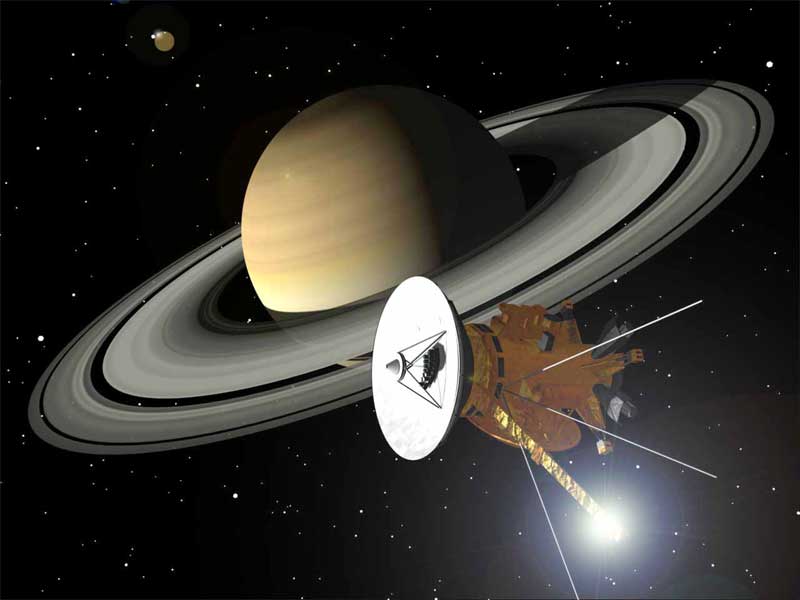
On Earth, we often see the incomplete Moon, for some phases there is even a name of its own, which is well known to all of us - Month. But not only on Earth can you observe a change in the phases of a satellite. There are places in the Solar System where such observations can be carried out continuously, and not with one satellite, but with many at once.
So, the other day, the Cassini spacecraft photographed three months at once , three Saturn's satellites in the initial phase: Titan, Mimas, Ray. Titan looks a bit hazy, because we see only its cloud layers, which produce a similar effect. The atmosphere of Titan refracts the light, so you can see some kind of “curls” that slightly go beyond the limits of the moon.
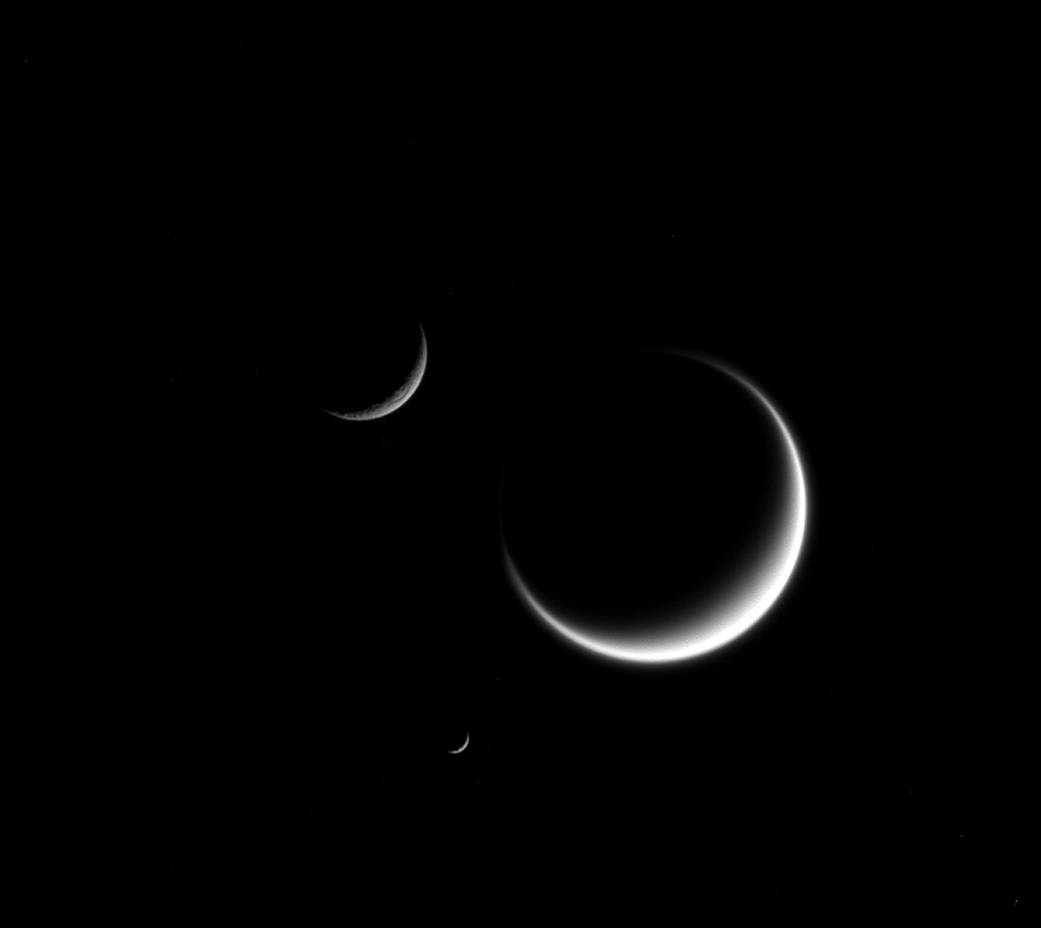
')
Back in 2004, when Cassini Station was just beginning to study Saturn and Titan, scientists found that there were quite a few clouds at Titan’s North Pole. It was a local "late summer." Clouds were observed until spring, all in the same northern hemisphere. After that, in 2010, a strong storm was detected on the satellite of Saturn, and the clouds became much less, they almost disappeared.
Rhea (upper left corner) is covered with craters, which can be seen even at such a distance and under such lighting. As for Mimas, it is not very clearly visible, although you can also see points on the crescent - this is also a consequence of the countless collisions of meteorites with the surface of the planetoid.
The picture was taken by the station from a distance of about 2 million kilometers from Titan. The resolution for Titan is 121 km per pixel. For Mimas - 18.4 km per pixel. And for Rei - 21.1 km per pixel.
Earlier, Cassini transmitted quite detailed images of Hyperion , one of Saturn’s small satellites.
It is worth noting that during his work (since 1997) Cassini transmitted a lot of interesting information to Earth. The station showed the rings of the giant planet, some of its satellites and other nearby objects. The information regularly sent by the station is extremely important for science - thanks to the apparatus, it was possible to better understand the nature of Saturn's rings, to see the satellites of the gas giant as close as possible, to explore the region.
There are other pictures transmitted by the station:

This is Tethys - the third satellite of Saturn
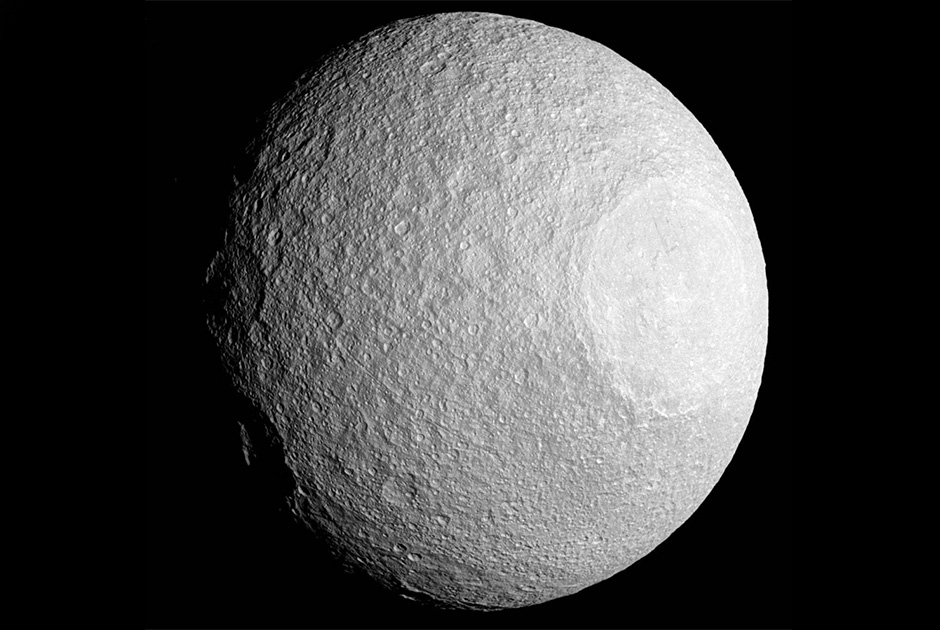
She is even closer
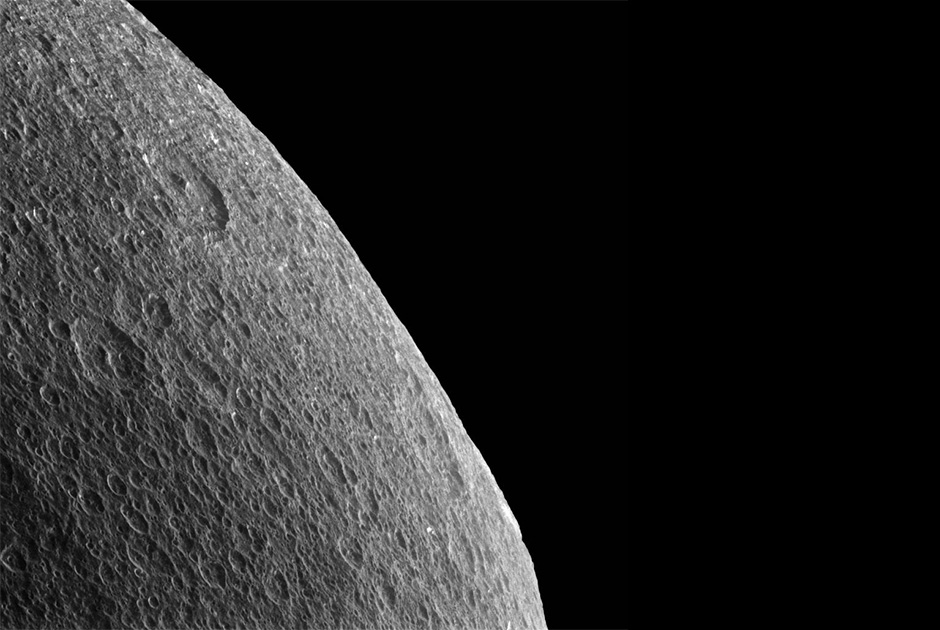
Rhea, you can see the surface covered with impact craters
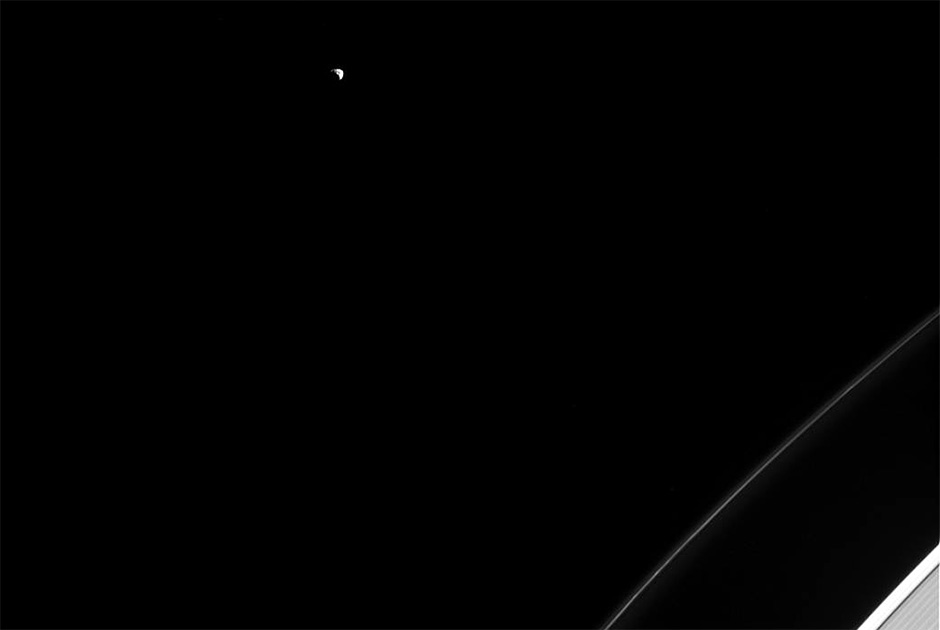
Well, this is Janus

Rhea and Diona
Source: https://habr.com/ru/post/365713/
All Articles